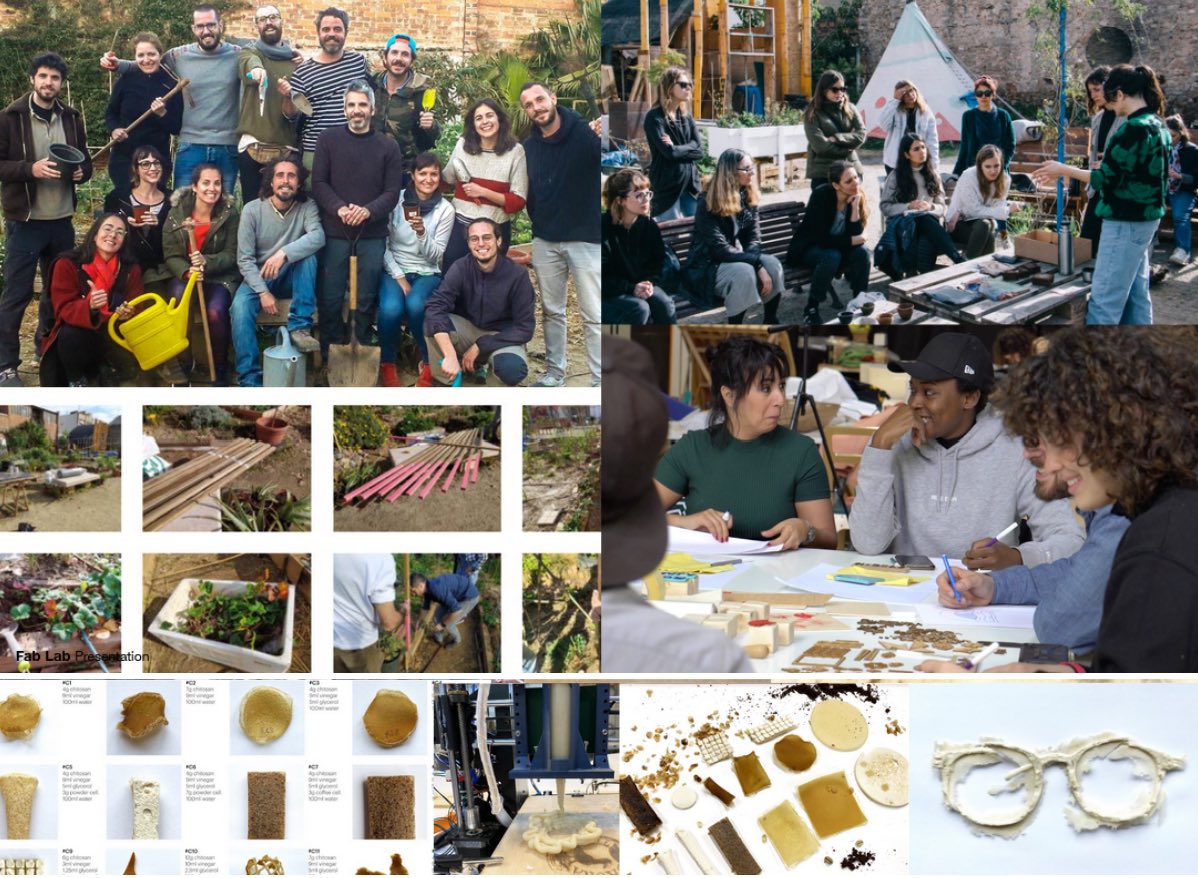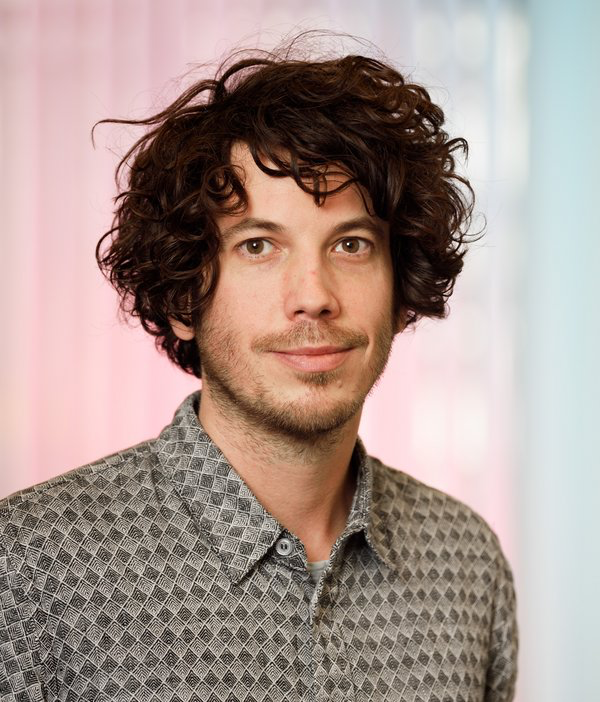Syllabus⇝
MDEF Research, Design and Development studios aim to take research areas of interest and initial project ideas into an advanced concretion point, and execution plan. The studio structure in three terms could be understood as follows:
TERM 1 Research: Understanding what it means to design for emergent futures. Analyzing the past and finding weak signals. References, state of the art. Identifying areas of interest. Experimenting from the first-person perspective.
TERM 2 Design: Forming the present through interventions in the real world. Building the foundations of your design space, forming strategic partnerships. Applying knowledge into practice through iterative prototyping. Testing ideas and prototypes in the real world.
TERM 3 Development: Refining interventions and identifying desirable futures. Establishing roadmaps for the construction of emergent narratives.. Communicating and disseminating your project through speculative design.
The Second Term Design Studio aims to refine the work developed by students during the first term of the Master program. After identifying areas of interest from weak signals in the first term, and creating their design space and first interventions, students will be encouraged to take a further step into their projects, focusing on finding and growing their communities of practice and developing interventions in the real world (digital or physical).
Deliverables⇝
2-5 min Video-Documentary (video-journaling) of your 3 Term II interventions - for presenting during Design Dialogues and for uploading to the Emergent Futures Community Visual material to support the exhibition. Evolution of physical and/or Digital prototypes from your Design Space 5 high resolution images of your interventions during the term
Thesis Draft - Chapters 4-8 made up of the weekly deliverables for this term. (Due until the end of Easter Holidays): Chapter 4: Reframing of the project Chapter 5: First Intervention: documentation, resulting alternative present, updated design space. Chapter 6: Second Intervention: documentation, resulting alternative present, updated design space. Chapter 7: Third Intervention: documentation, resulting alternative present, updated design space. Chapter 8: Updated Vision and Identity (Future Talks Reflection)
Faculty⇝
Oscar Tomico is associate professor at the Department of Industrial Design at Eindhoven University of Technology on Design Research Methodologies for Posthuman Sustainability. His research revolves around 1st Person Perspectives to Research through Design at different scales (bodies, communities and socio-technical systems). Ranging from developing embodied ideation techniques for close or on the body applications (e.g. soft wearables), contextualized design interventions to situate design practice in everyday life, exploring the impact of future local, distributed, open and circular socio-technical systems of production, or experimenting with cohabitation as a posthuman approach to multi-species design.
Multimedia developer, interaction designer & researcher, Mariana Quintero works and develops her practice at the intersection where digital fabrication technologies, digital literacy, and information and computation ethics & aesthetics meet, contributing to projects that investigate how digital information and technologies translate, represent, and mediate knowledge about the world. She is currently a faculty member and part of the strategic team at the Masters in Design for Emergent Futures at IAAC | Fab Lab Barcelona.


